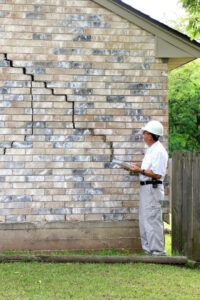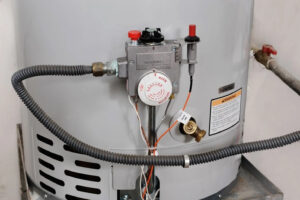 A foundation is an essential structural component in any building. It provides a solid support for your home and carries the weight of the structure and its occupants. With a functional foundation, your home is safe from water damage and enjoys the much-needed insulation. Despite these critical functions, the foundation doesn’t always receive the attention it deserves during home maintenance. And failure to repair minor foundation problems early can lead to home foundation failure and costly repairs running into tens of thousands of dollars.
A foundation is an essential structural component in any building. It provides a solid support for your home and carries the weight of the structure and its occupants. With a functional foundation, your home is safe from water damage and enjoys the much-needed insulation. Despite these critical functions, the foundation doesn’t always receive the attention it deserves during home maintenance. And failure to repair minor foundation problems early can lead to home foundation failure and costly repairs running into tens of thousands of dollars.7 Warning Signs of Home Foundation Failure
 A foundation is an essential structural component in any building. It provides a solid support for your home and carries the weight of the structure and its occupants. With a functional foundation, your home is safe from water damage and enjoys the much-needed insulation. Despite these critical functions, the foundation doesn’t always receive the attention it deserves during home maintenance. And failure to repair minor foundation problems early can lead to home foundation failure and costly repairs running into tens of thousands of dollars.
A foundation is an essential structural component in any building. It provides a solid support for your home and carries the weight of the structure and its occupants. With a functional foundation, your home is safe from water damage and enjoys the much-needed insulation. Despite these critical functions, the foundation doesn’t always receive the attention it deserves during home maintenance. And failure to repair minor foundation problems early can lead to home foundation failure and costly repairs running into tens of thousands of dollars. If you are building a home on sloped land or already live in a home located on or near a hill, then you should learn all about residential retaining walls. These walls can not only help prevent the flooding of homes built on or near steeply graded land, but the addition of a retaining wall to a sloped yard also allows the land to be used in many ways that it could not used otherwise.
If you are building a home on sloped land or already live in a home located on or near a hill, then you should learn all about residential retaining walls. These walls can not only help prevent the flooding of homes built on or near steeply graded land, but the addition of a retaining wall to a sloped yard also allows the land to be used in many ways that it could not used otherwise. The foundation is one of the most concerning places for damage to occur because it can threaten the structural integrity of a home. Fortunately, not every imperfection you see in your foundation walls is cause for alarm. Here is an overview of three types of cracks in foundation walls and their possible causes.
The foundation is one of the most concerning places for damage to occur because it can threaten the structural integrity of a home. Fortunately, not every imperfection you see in your foundation walls is cause for alarm. Here is an overview of three types of cracks in foundation walls and their possible causes. Problems with your home’s foundation can be scary. They can trigger extensive structural damage to your house’s exterior and interior. Because your home’s structural integrity will be compromised, you’re often no longer safe.
Problems with your home’s foundation can be scary. They can trigger extensive structural damage to your house’s exterior and interior. Because your home’s structural integrity will be compromised, you’re often no longer safe. You may be used to having hot water in your home whenever you need it. But if your water heater can’t keep up, you might have several worrying issues.
You may be used to having hot water in your home whenever you need it. But if your water heater can’t keep up, you might have several worrying issues.